The Power of Monochrome
One of the most important decisions you can make as a photographer comes long after you finished shooting. Once you’ve captured that perfect portrait, that always elusive landscape shot, or any other kind of image, you’ll come back to your computer and take the image from your camera. After you’ve combed through the images to pick the perfect candidate, you have an important decision to make;
Should your image be black and white, monochrome, or colour?
All black and white images are monochrome, but not all monochrome images are black and white. A monochrome image is one that uses different shades of a single colour. “Sepia” photos are one of the most common types of non-black and white monochrome, but the possibilities for monochrome are endless.
The choice to use monochrome over full colour is always personal, and will be different for each and every image, but there are some things to take into consideration before you make your decision.
What is the Role of Colour in the Image?
This aspect will always be subjective, but you will need to look at your image and see what impact the colour has. Monochrome is also a way of isolating a subject and removing the distraction of colour. That’s why you see so many portraits in black and white. With the colour removed, you are forced to focus on the subject and feel their emotions.
And of course, a black and white image always carries a certain atmosphere that can’t always be achieved with colour.
However, if a main part of your image features strong colour, it’s probably best to keep the image in colour. If you are capturing a landscape with a rainbow, or a long distance shot where the colour of the animals picks them out against the background, colour is probably the way to go.
Similarly, if there is a “spot” colour in your image, a single case of a strong colour on your subject that stands out against everything else, keeping the image in colour will most likely be more effective.
What Textures are Present in the Image?
Texture is very important in photography; it gives us context to how an object would look or feel in the real world, and helps us connect more to an image.
With the absence of colour, monochrome and black and white images tend to highlight textures more than colour images. This isn’t always the case, but it’s a good rule of thumb to work from. If your image focuses on a lot of strong textures, you should consider monochrome.
The Contrast of Light and Shadow
Contrast is basically where light meets shadow and the stronger these two elements are, the more contrast the image will have.
When you convert an image to monochrome, you highlight these contrasting elements by removing the colour. What may have been two colours meeting in a natural image, can suddenly become deep pools of dark meeting lances of light.
Mood
The final thing to consider is what mood you are attempting to convey. Black and white photos are excellent at portraying dramatic moods and complex emotions, particularly if there is an aspect of melancholy to the image.
On the other hand, if you are trying to convey a sense of joy and happiness, vivid colours can achieve this wonderfully.
This is the area where your decision as an artist must always win out. You know what kind of tone you are trying to set with your images, and this will inform your choice on whether or not to use monochrome or black and white.
The choice is never wrong, and is always down to you, the photographer. There are some photographers who only work in black and white, or monochrome, and there are some who only produce work in colour. And of course, there are photographers who fall anywhere in between.
Hopefully these tips will help you judge what the conditions of your image are, and what mood you are trying to establish with your photography.
If you would like to learn more about Black and White Photography, why don’t check out our Black and White Photography Workshop?

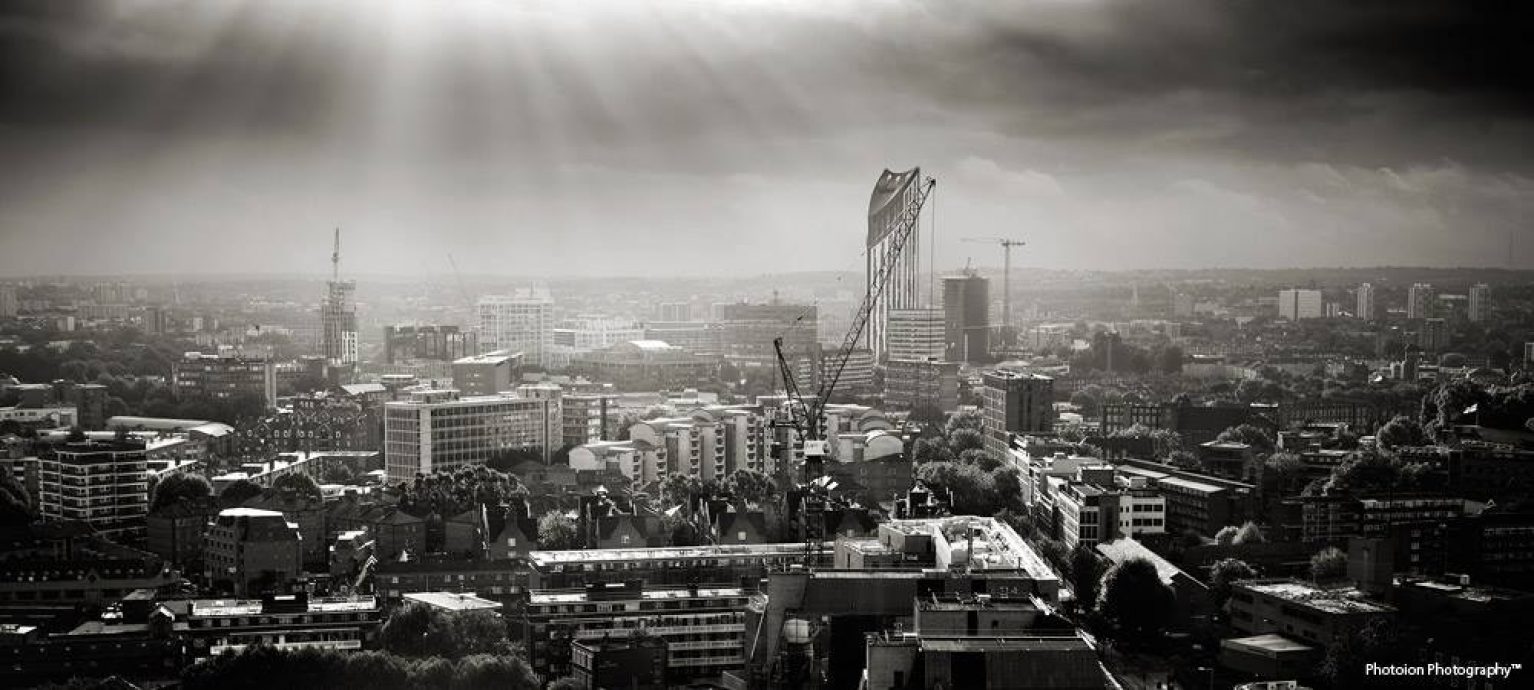
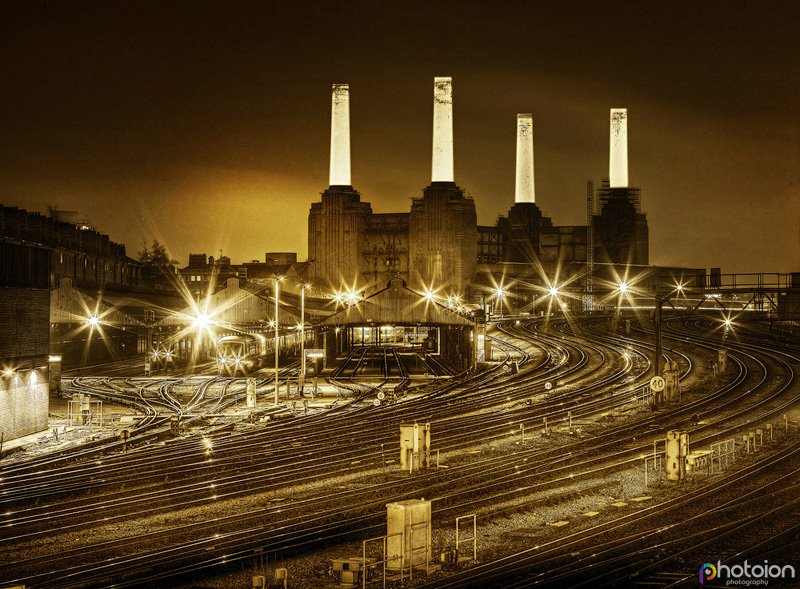
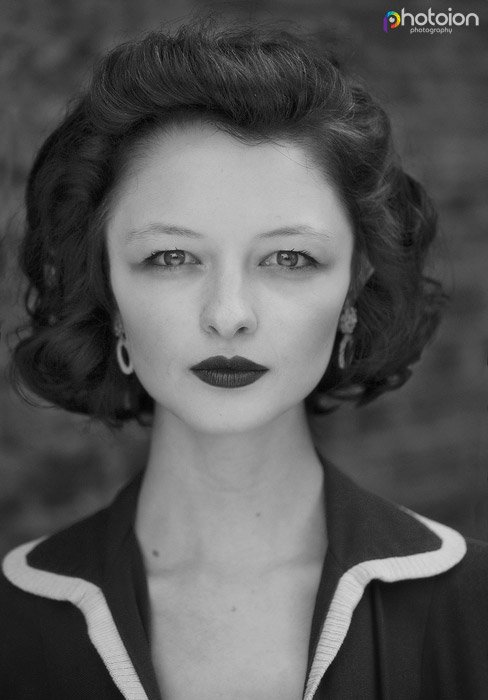
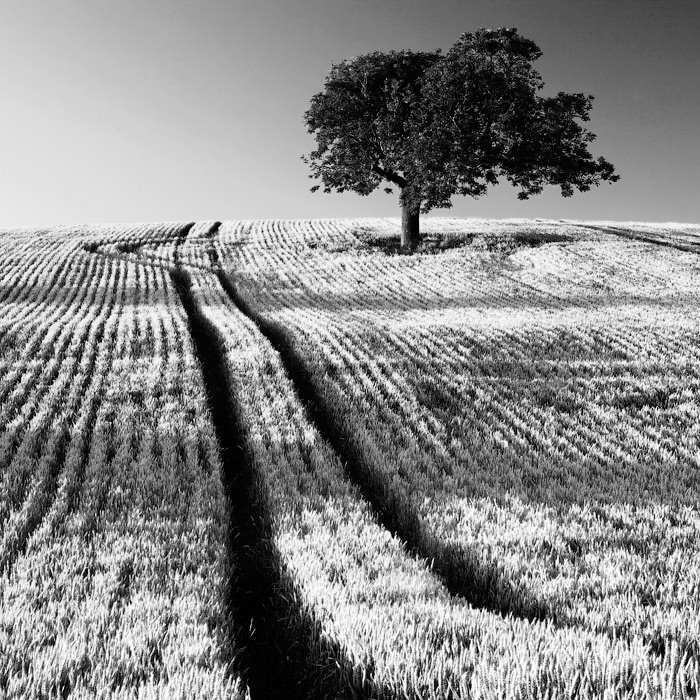
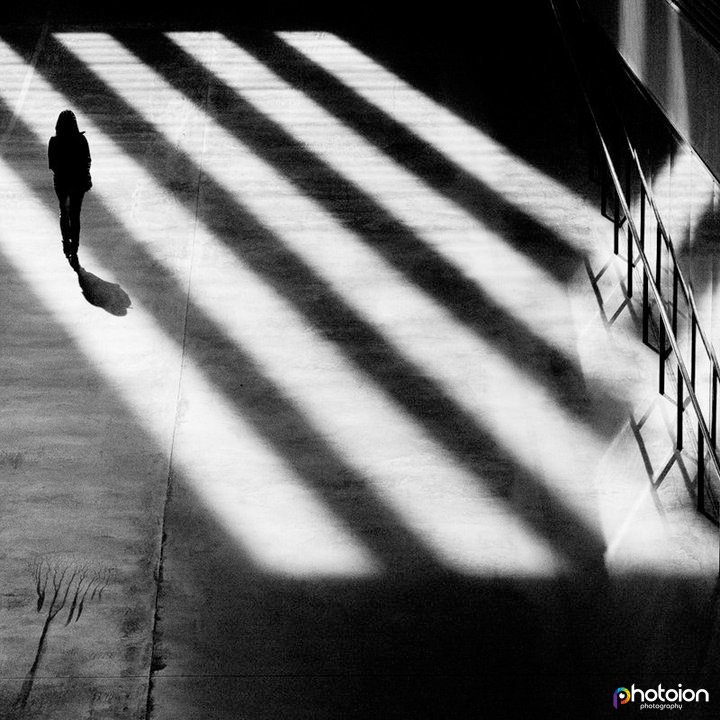
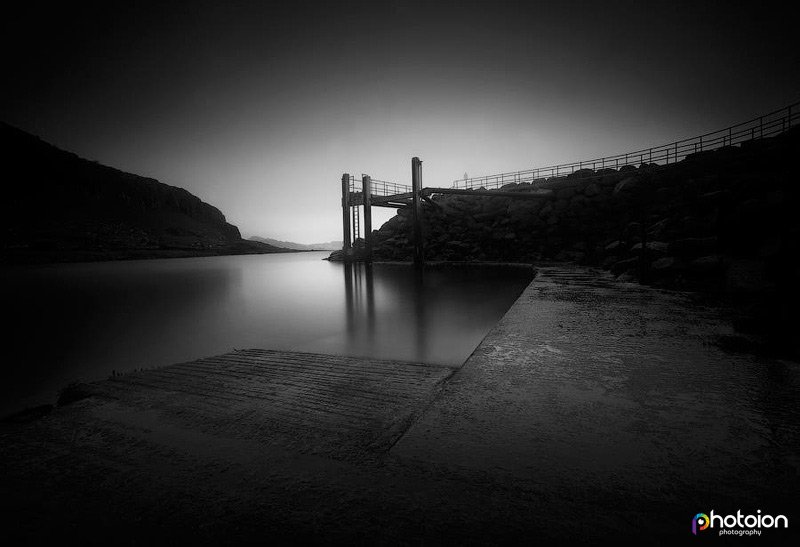

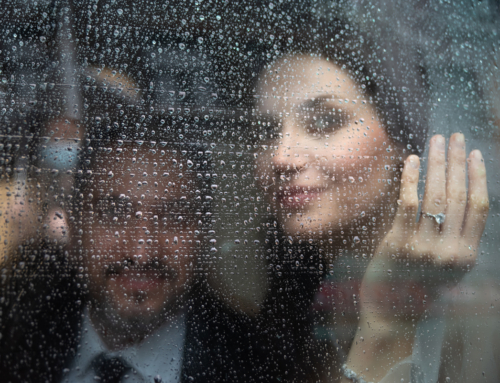
Leave A Comment